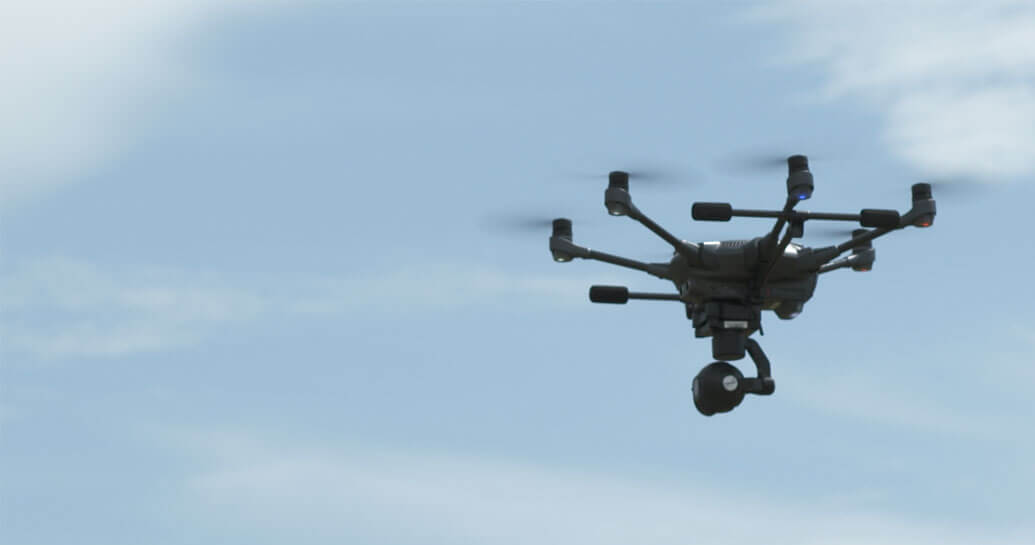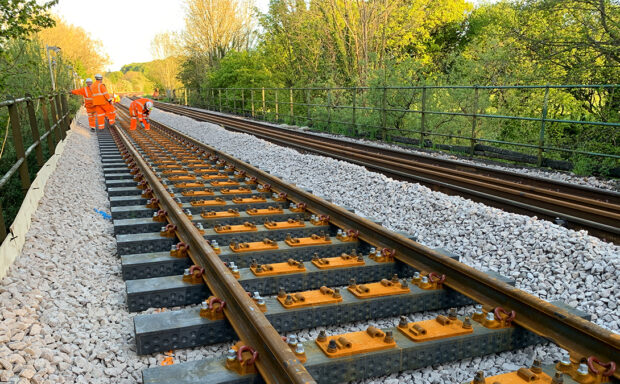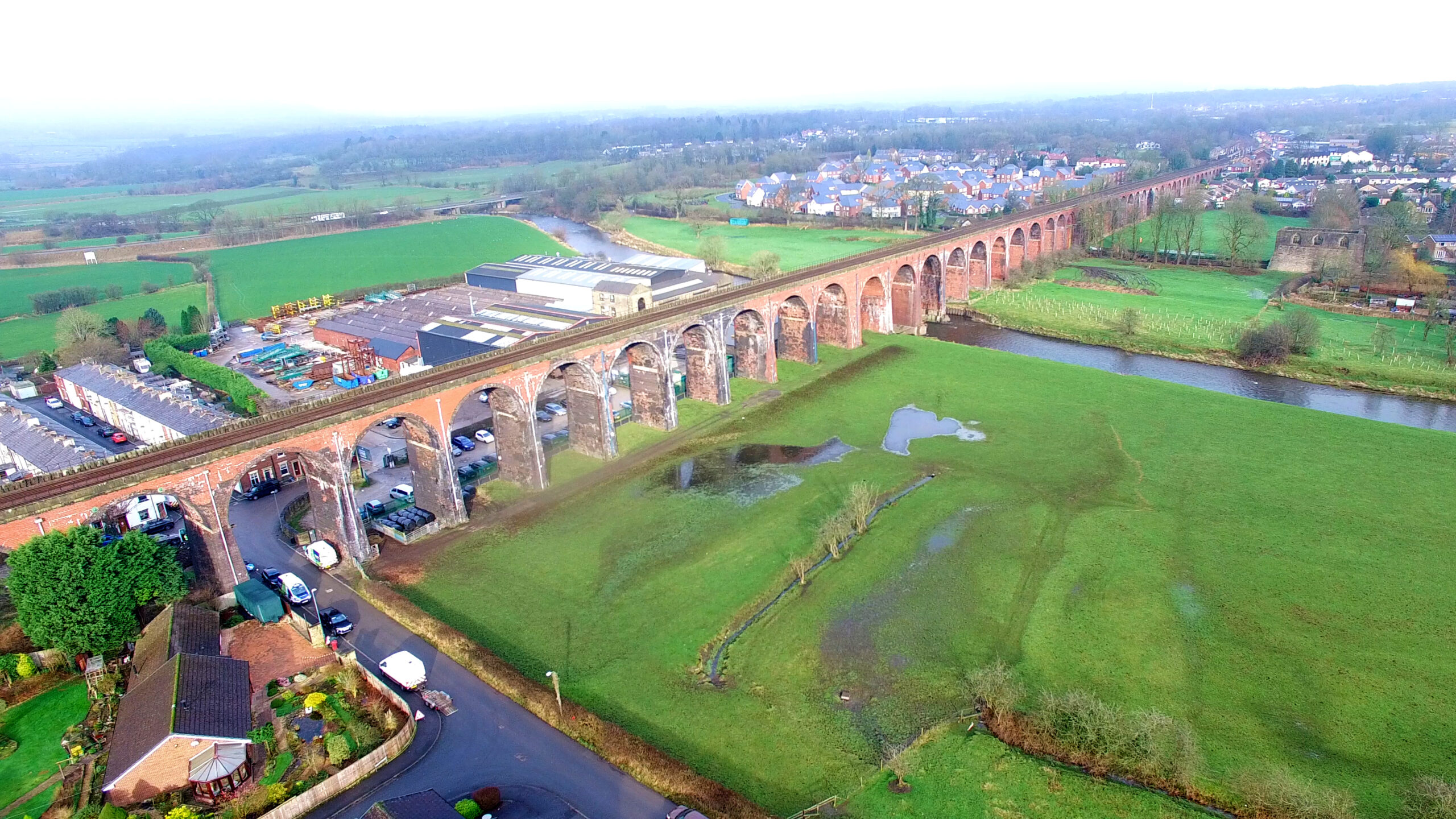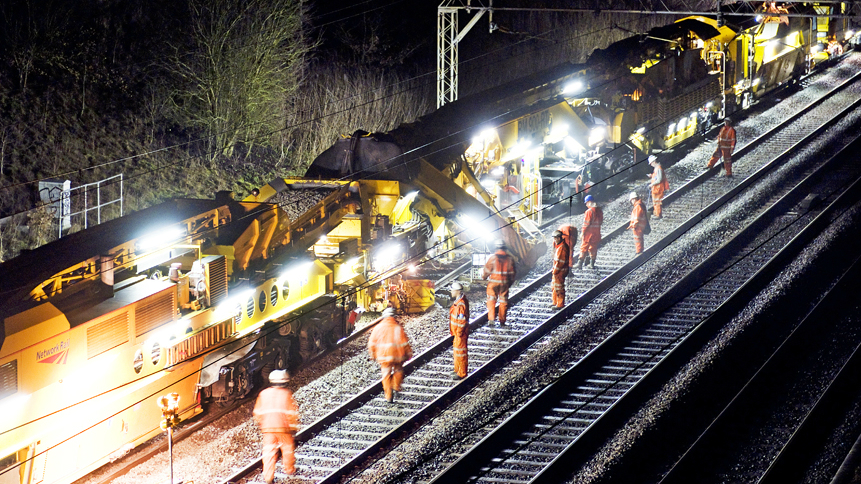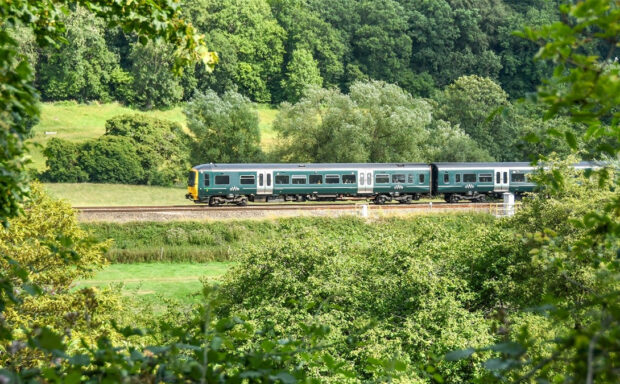Our air operations team has been busy developing our use of drones, or unmanned aerial systems, over the past six months.
The addition to our air ops unit, which already includes our own helicopter, will bolster our capacity to save Network Rail time and money with the use of aerial images.
Inspecting the railway by air improves performance, reliability and safety with no disruption to activities on site, or to services for passengers. Images taken by our air ops team are available to all Network Rail staff to access from their desks, improving efficiencies and keeping our staff safe.
In the past six months we have carried out consultations and training and sourced the best equipment to use across our network. We now have about 25 drone pilots, who have received bespoke specialist training, supplying important information around how we can most effectively use the technology.
Our staff can use RouteView, an online aerial image hosting system, to find inspection and survey shots they need to inspect the network. Teams across the business use RouteView when planning projects or maintenance, reducing the need for physical site visits and track-side asset inspections. Employees will have access to even more images thanks to drones.
How has Network Rail used drone technology so far?
We have used drones for a variety of purposes including overhead line equipment and structure inspections, 3D mapping and media campaigns support such as unveiling new infrastructure to the public.
Can Network Rail employees use their own drones for company projects?
No, flying unmanned aircraft on or around our infrastructure and people is a specialist and potentially high-risk activity. We have put in place a framework of approved suppliers to deliver these specialist services for Network Rail. All our suppliers have gone through a robust safety and compliance process and are the only certified drone operators permitted to provide services within 50m of our infrastructure.
Can Network Rail’s drones operate in towns and cities?
Yes. Some of our contractors have special permissions from regulator the Civil Aviation Authority that enables them to operate in congested areas that would otherwise be restricted under CAA rules.
Our drones – vital statistics
- Weight: 7kg max weight allowed – about as heavy as a standard bowling ball
- Range: permitted to fly up to 500 metres away from pilot (depending on weather conditions)
- Flight: permitted to fly up to 400 feet high – slighter higher than St Paul’s Cathedral
- Typical flight time before recharge: around 20 minutes
- Crew: usually minimum of two. One pilot in command, and one observer/camera operator. Other missions may require more crew; spotters, engineers, aides and so on.
- Camera: varies on mission and can include high-definition, 4K video imaging and high-resolution stills camera systems
